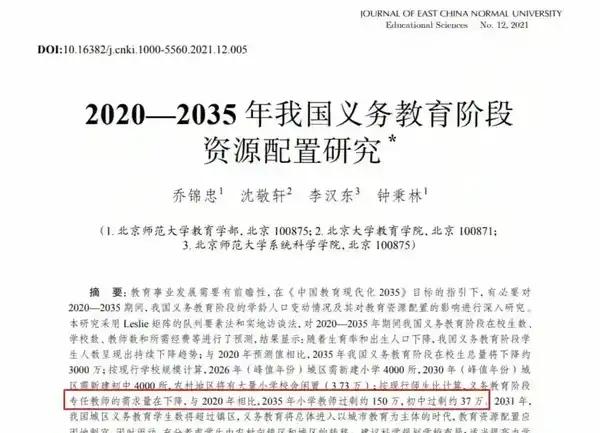Teaching Career Stability in China: A Shifting Landscape
China’s education sector is undergoing significant changes as teacher job security faces new challenges. With the implementation of exit mechanisms and declining student populations, the traditional ‘iron rice bowl’ perception of teaching careers is evolving.

The Chinese education landscape is experiencing a profound transformation as traditional notions of teaching as a secure career path are being challenged. This shift reflects broader changes in China’s social and economic environment.
The introduction of teacher exit mechanisms represents a systematic approach to maintaining education quality. These mechanisms include performance evaluations, early retirement options, and contract terminations for underperforming teachers. In major Chinese cities, this has led to increased competition and professional pressure among educators.
A significant demographic factor driving these changes is the projected teacher surplus. By 2035, China may face an excess of 1.5 million primary school teachers, creating a more competitive job market. This oversupply is particularly pronounced in urban areas, where resources are concentrated.
The impact on education quality presents a complex picture. While the exit mechanism aims to maintain high teaching standards, it has created unintended consequences. Some experienced teachers in China’s rural schools focus more on administrative tasks like medical insurance collection rather than teaching, affecting their performance evaluations and career prospects.
The changing dynamics have influenced career choices among young graduates. Many talented individuals from prestigious universities like Tsinghua and Peking University now view teaching positions differently. While these positions still offer advantages like extended holidays and supplementary income opportunities through tutoring, the reduced job security has made the profession less attractive to some candidates.
The situation varies significantly between urban and rural areas in China. Urban schools, particularly in first-tier cities, can still attract quality teachers with better resources and working conditions. However, rural schools face greater challenges in maintaining teaching quality while implementing these new mechanisms.
A particularly concerning trend is the growing disparity in education resources. Schools in wealthy areas can afford to be more selective in their hiring and retention practices, while schools in less developed regions struggle to attract and retain qualified teachers. This threatens to widen the existing education gap between urban and rural areas in China.
The economic implications for teachers have also shifted. While teaching positions still provide stable basic salaries, the pressure to perform and potential for contract termination have created a more dynamic and sometimes stressful work environment. This has led some teachers to seek additional income through private tutoring or consider alternative career paths.